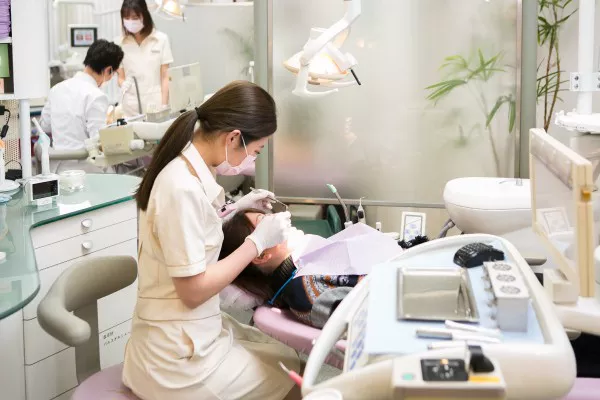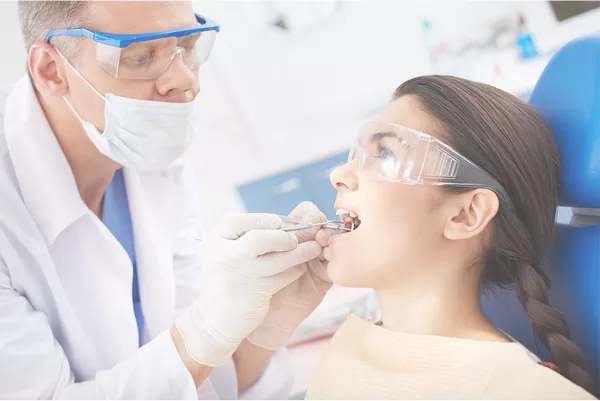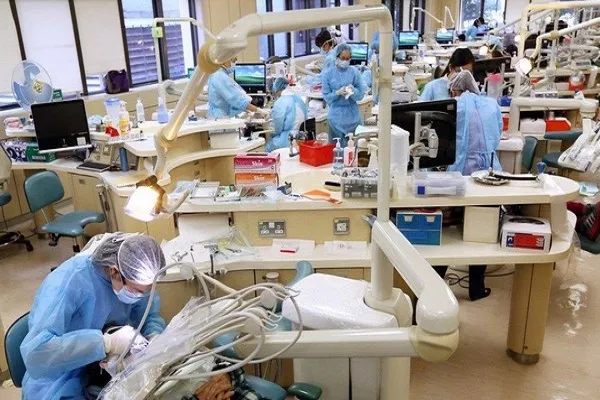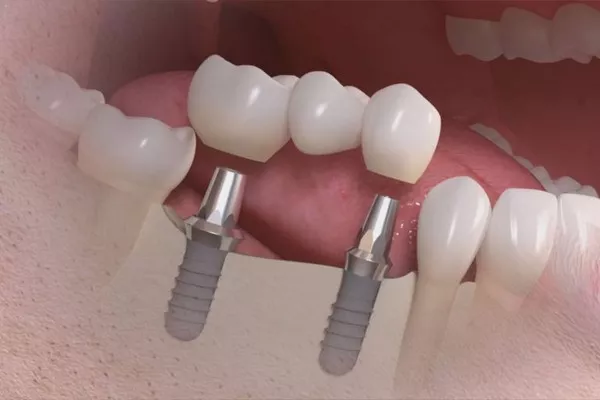Periodontal gum disease, also known as periodontitis, is a serious condition that affects the gums and supporting tissues of the teeth. It is caused by bacteria in plaque and can lead to tooth loss if left untreated. In this article, we will discuss what periodontal gum disease looks like, so you can recognize the warning signs and take action to protect your oral health.
Red, swollen, or tender gums
One of the earliest signs of periodontal gum disease is inflammation of the gums. The gums may appear red and swollen and may feel tender to the touch. This is caused by the body’s immune response to the bacteria in plaque.
Bleeding gums
Another common sign of periodontal gum disease is bleeding gums, particularly when brushing or flossing. This is a result of the inflammation and infection in the gums, which weakens the blood vessels and makes them more prone to bleeding.
Receding gumline
As periodontal gum disease progresses, the gums may start to recede or pull away from the teeth. This can make the teeth appear longer than normal and can expose the sensitive roots of the teeth.
Bad breath
Bacteria in plaque produce toxins that can cause a foul odor in the mouth. Persistent bad breath, despite regular brushing and flossing, may be a sign of periodontal gum disease.
Loose or shifting teeth
As the supporting tissues of the teeth become damaged, the teeth may start to feel loose or shift in position. This is a sign of advanced periodontal gum disease and may require immediate treatment to prevent tooth loss.
Pus or discharge
In severe cases of periodontal gum disease, pus or other discharge may be present around the teeth and gums. This is a sign of infection and requires prompt attention from a dentist or periodontist.
If you notice any of these signs or symptoms, it’s important to see a dentist or periodontist for evaluation and treatment. Early detection and intervention can help prevent further damage to the teeth and gums and may even reverse the effects of periodontal gum disease. Good oral hygiene, including brushing and flossing regularly and visiting the dentist for regular cleanings, can also help prevent gum disease from developing in the first place.
































